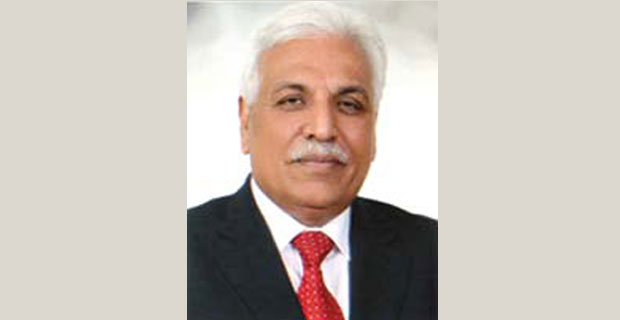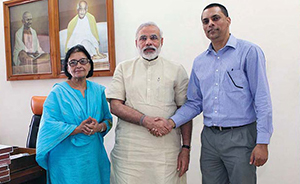Involving Patients, Carers & Families in the Treatment Programmes for the Mentally ill
Despite the general acknowledgement of the popular slogan that “there is no health without mental health”, mental health disorders continue to increase and cause considerable suffering all over the world.
The carer’s difficulties may vary from one country to another but it assumes a significant importance within the Asian culture where a strong emphasis is placed on family ties and family responsibilities. Whereas most of the Asian families prefer taking care of their mentally ill relatives at home, caring may increase their negative experiences of care giving with additional burden of disruption of family routine and interference of their day-to-day functioning. Stigma likewise comes as an added burden and having a negative label of living with a mentally ill increase further emotional distress. At many places the majority of family care givers or family members who are involved with the treatment and management of the mentally ill are elderly members of the family. This certainly increases the level of burden with additional worries that no-one would take care of their patients when they are too old or after they die. Similarly there are reports that women are more likely to be the care givers in many parts of the world. World Federation of Mental Health in their report in 2010 estimated that globally around 80% of the care givers are women, they could be mother, wife or daughter of the patient and are usually with low income support. These issues become even more important in countries where there are not enough state run facilities for the treatment of the mentally ill along with limited options for support to the family members.
While there is an increasing acceptance that family assumes the primary and long term care-giver role and an important resource for patient’s well being, there is a strong need for











Comments.